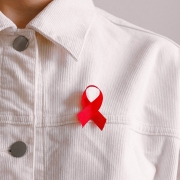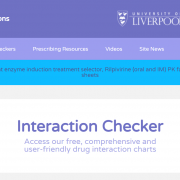Prevention and treatment
Individuals can reduce the risk of HIV infection by limiting exposure to risk factors. Key approaches for HIV prevention, which are often used in combination, include:
- male and female condom use;
- testing and counselling for HIV and STIs;
- testing and counselling for linkages to tuberculosis (TB) care;
- voluntary medical male circumcision (VMMC);
- use of antiretroviral drugs (ARVs) for prevention;
- harm reduction for people who inject and use drugs;
- elimination of mother-to-child transmission of HIV.
Treatment
HIV disease can be managed by treatment regimens composed of a combination of three or more antiretroviral (ARV) drugs. Current antiretroviral therapy (ART) does not cure HIV infection but highly suppresses viral replication within a person’s body and allows an individual’s immune system recovery to strengthen and regain the capacity to fight off opportunistic infections and some cancers.
Since 2016, WHO has recommended that all people living with HIV be provided with lifelong ART, including children, adolescents, adults and pregnant and breastfeeding women, regardless of clinical status or CD4 cell count.
By June 2021, 187 countries had already adopted this recommendation, covering 99% of all people living with HIV globally. In addition to the treat all strategy, WHO recommends a rapid ART initiation to all people living with HIV, including offering ART on the same day as diagnosis among those who are ready to start treatment. By June 2020, 82 low- and middle-income countries reported that they have adopted this policy, and approximately half of them reported country-wide implementation.
Globally, 27.5 million [26.5–27.7 million] people living with HIV were receiving ART in 2020. This equates to a global ART coverage rate of 73% [56–88%]. However, more efforts are needed to scale up treatment, particularly for children and adolescents. Only 54% [37–69%] of children (0–14 years old) were receiving ART at the end of 2020.
Source: WHO











Leave a Reply
Want to join the discussion?Feel free to contribute!